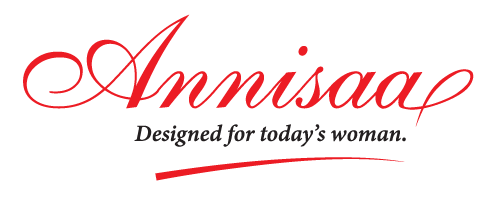20400 Reasons The World Needs An International Standard For Sustainable Procurement
Written by Jean-Louis Haie
“We are at a tipping point in terms of the sustainable procurement journey across the globe”, says Jean-Louis Haie. “Organisations spend between 40 per cent and 80 per cent of their revenue on the supply chain, but increasingly recognise that they can’t achieve their sustainability objectives without getting their suppliers to actively contribute.”
“CPOs who are serious about sustainability goals know that around half of those objectives can only be delivered by their suppliers. There’s no such thing as an effective sustainability program without a supply chain component.”
By nature, supply chains are international, which is why having an international standard is vital. “When you’re asking a supplier based in China to align with your business’ or your country’s standards, they simply don’t have the same standards and don’t speak the same language around sustainability. ISO20400 seeks to create a standard that will enable every organisation in the world, regardless of size, industry and location, to have a flexible guidance framework on sustainable procurement.”
Learning from France’s sustainable procurement bible
Jean-Louis says that it depends on the industry and the area of sustainability under discussion, but in general, governments around the world can learn from his home country (France) when it comes to implementing sustainable procurement. Three key milestones took place – in 2006, 2010 and 2012 – that illustrate France’s journey towards a national sustainable procurement standard.
“The first thing I would mention is that France has a National Procurement Code – a “bible” for procurement professionals that’s applied to all public procurement tasks. In 2006 they changed the Code to include some clear objectives and principles around sustainable procurement. This caused a lot of change, as governments, councils, public hospitals, water corporations etc were encouraged to look at environmental and social specifications when making purchasing decisions. The private sector followed to a certain extent. The point is that it’s a national Code, and highly centralised. I now live in Australia, and we don’t really have that here – the federal government, state governments and local councils are all pretty autonomous.”
In 2010, the ObsAR, a National Association for Sustainable Procurement was created in France in reaction to a crying need to share knowledge and experience around this important topic. “It’s a platform for public and private organisations to share lessons learned around sustainable procurement, through working groups, an annual conference, and ongoing discussions.
At the same time, the government started to get involved in making sure the big buying organisations (including private companies) manage their supply relationships with SMEs fairly. It created a Charter for Responsible Supplier Relationships, which described 10 commitments to be respected by signatory organisations. This initiative was a success and thousands of organisations follow its principles now. 2 years later, the Government transformed this Charter into a certification scheme, which was tested on a selection of 30 organisations, including some SMEs, multinational companies and government agencies.”
“The certification program includes fair payment terms, fair contractual clauses, checks on abuse of power, inclusion of social and environmental requirements, and more.”
While France’s sustainability journey is encouraging, Jean-Louis notes that supply chains are international. “These are international companies dealing with an international supply chain in a global economy”, he says. “No matter how rigorous the standards are in one country, the system can’t work unless there’s a similar standard in the country you’re sourcing from – hence the need for an international standard.”
What does ISO20400 include?
The Standard includes seven core subjects, such as the environment, fair operating practices, labour issues and human rights, with a range of subtopics under those, such as discrimination and gender inequality. “It provides the reader with a thorough description of all the potential sustainability issues and risks they may face when they want to put in place a contract and buy something. Then it’s the responsibility of the procurement professional to decide what the hot spots (risks) are for their particular procurement activity, using ISO20400 as a framework. The Standard provides a methodology to set priorities. What it doesn’t do is put more weight on any one subject over another – we’re not telling people that human rights are more important than the environment, for example.”
Bringing procurement and sustainability expertise together
“In my experience, procurement professionals struggle to work with sustainability experts. They should be best friends”, say Jean-Louis. “The trouble is that there’s no framework to enable these two groups of experts to speak the same language and work more effectively together. ISO20400 will provide a framework – or a bridge – to channel the discussion in plain English so they can understand each other.”
“For example, most companies have some sort of sustainable procurement code in place, which puts pressure on suppliers to comply. But they forget that a good many of these sustainability impacts are created by bad procurement practices. Look at the fashion industry, for example – impossible deadlines put pressure on suppliers, which causes them to abandon key guidelines such as working safely and not using child labour”.

